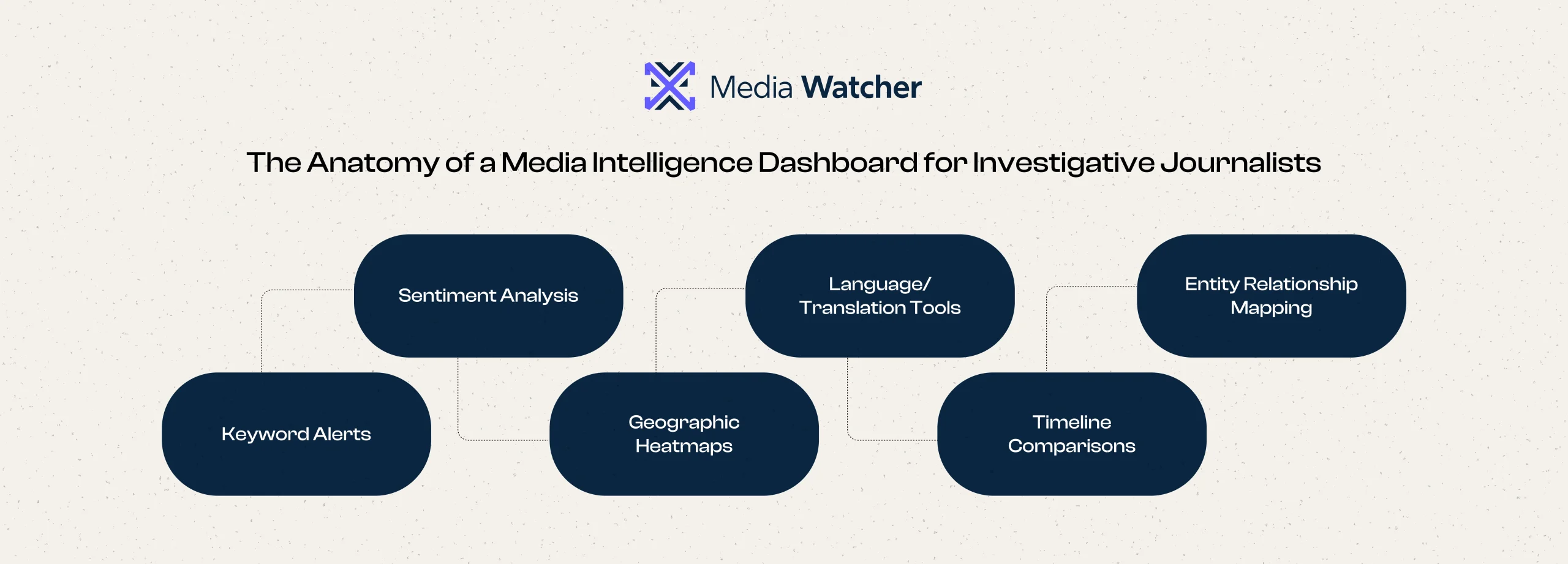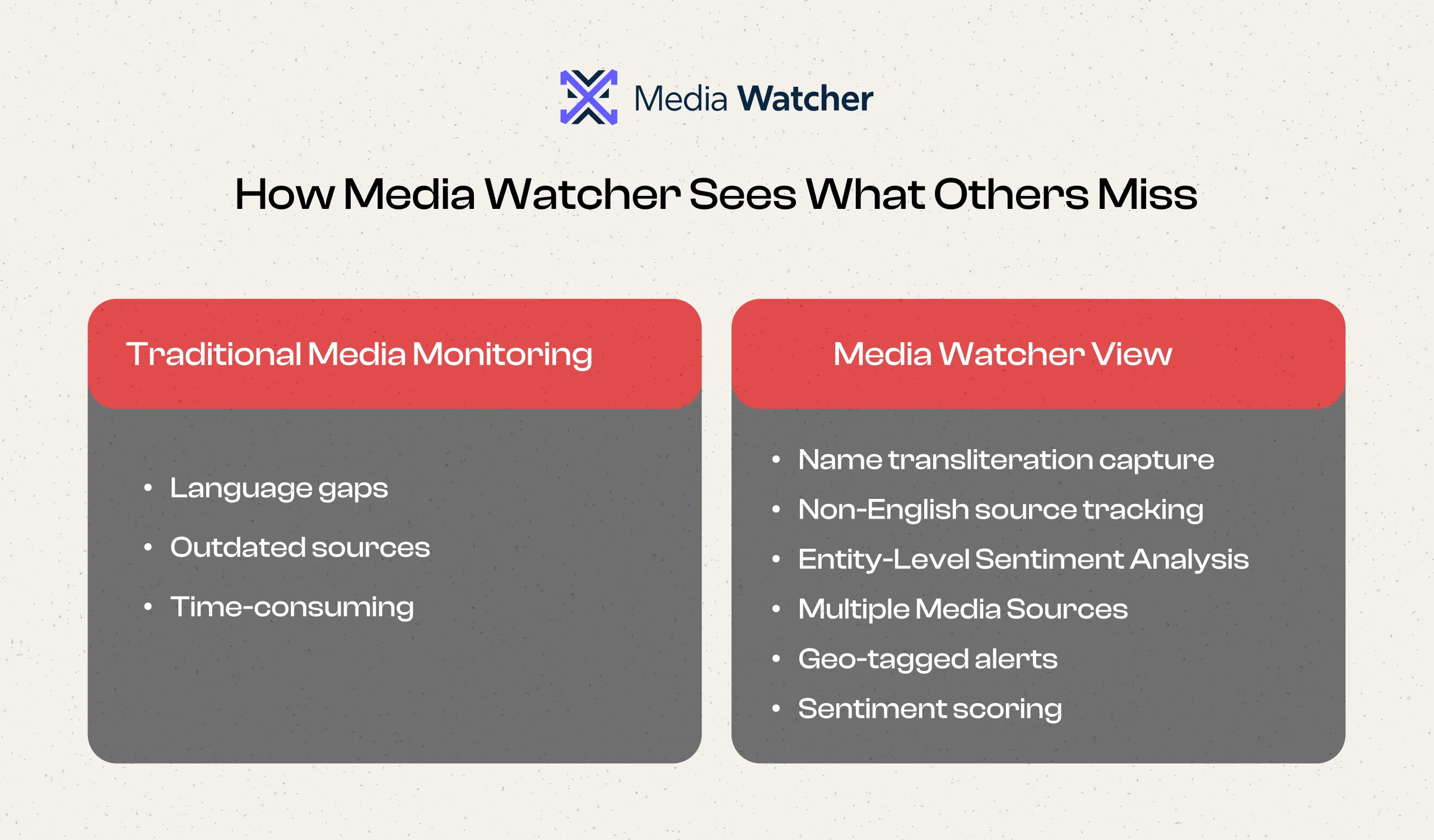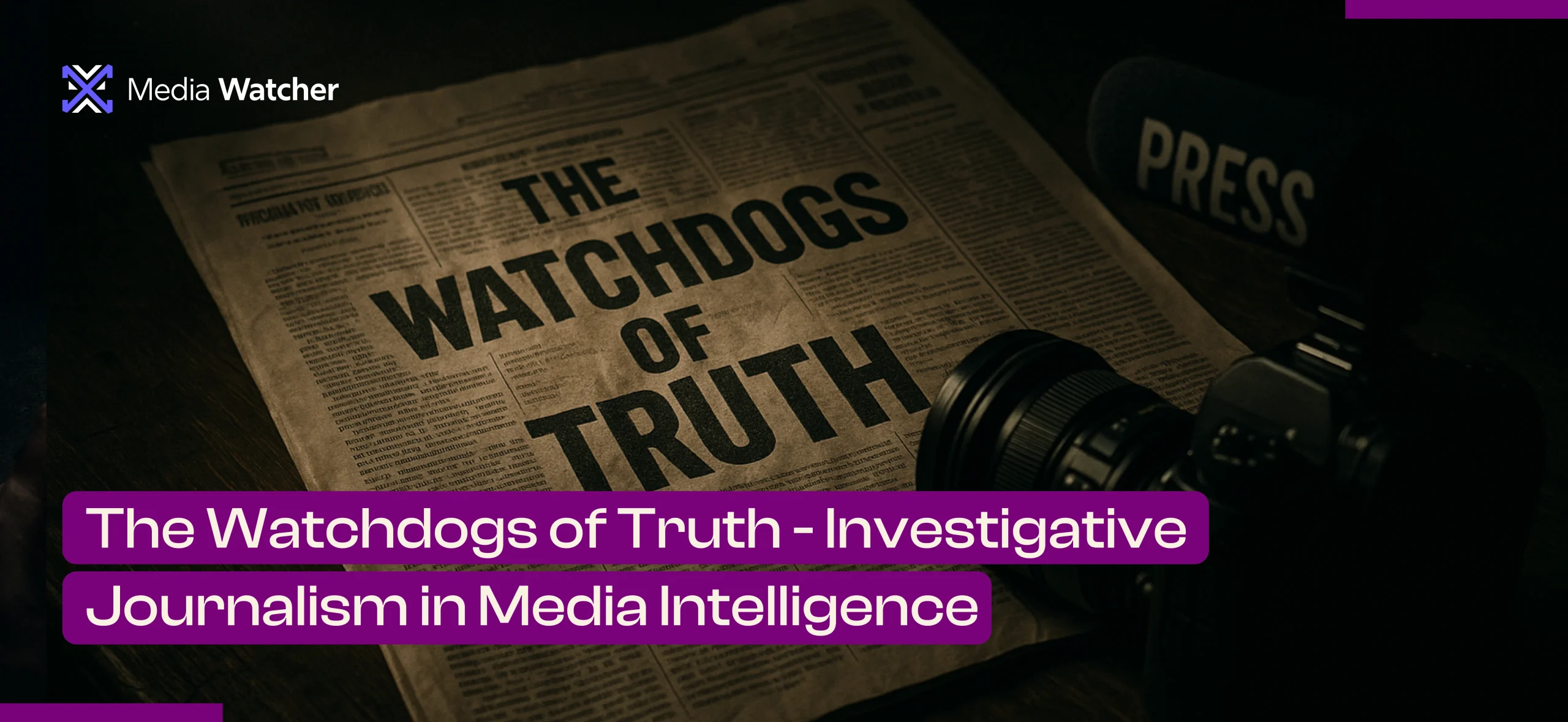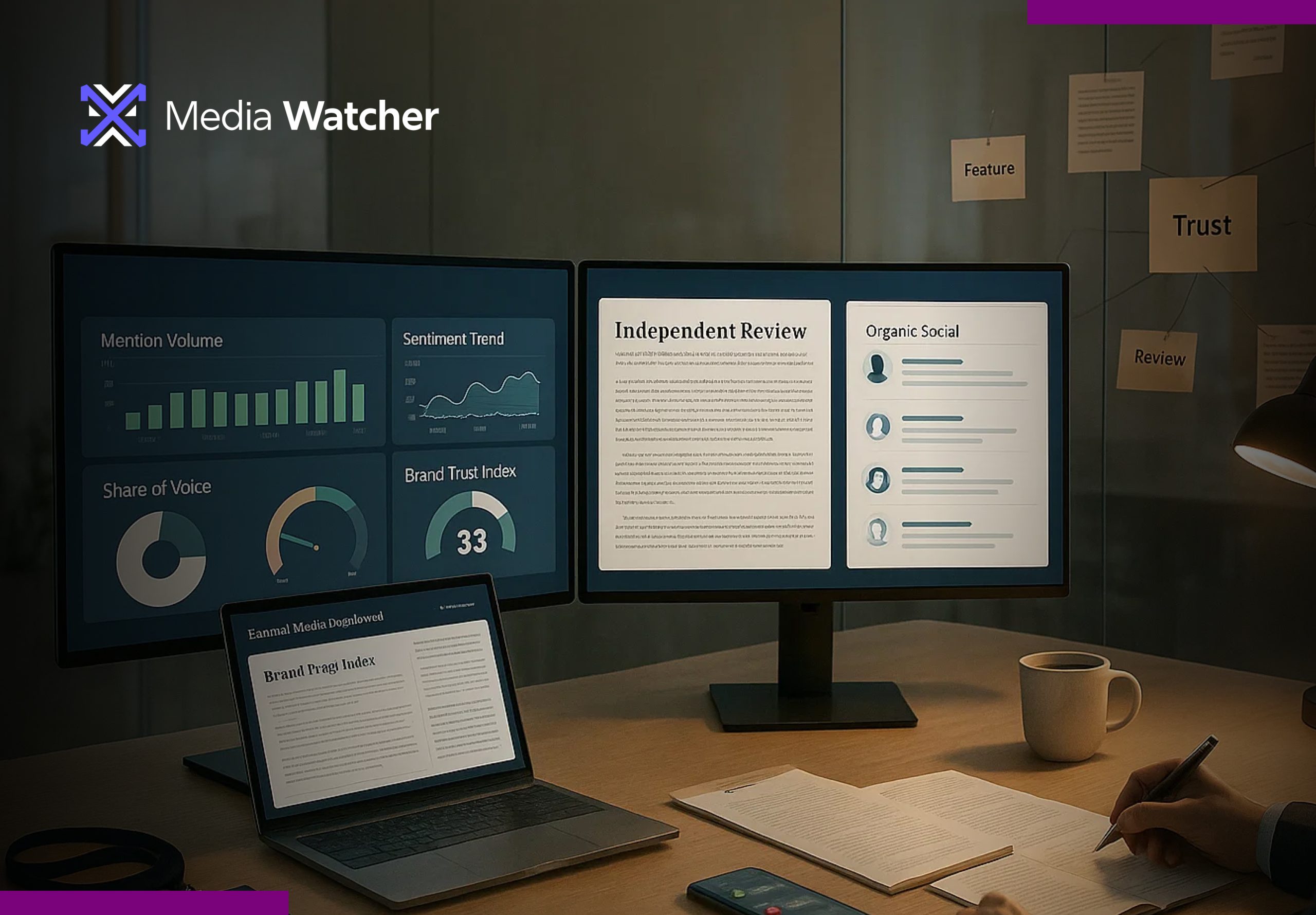Digital media is saturated with information, yet it remains highly complex due to the widespread dissemination of misinformation across social media platforms. Amid the chaos of conflicting narratives and data overload, investigative journalism remains a pillar of accountability as it doesn’t just report events, it verifies truth through evidence-based storytelling.
“Facts are sacred, but finding them in a sea of data requires clarity, tools, and precision.”
Investigative journalism involves comprehensive reporting focused on disclosing wrongdoings or hidden information about a specific event. However, even the most determined journalists and truth-seekers face unprecedented challenges that range from data overload to limited access to reliable media sources.
One might wonder: if the truth is already out there in the media, why is it so challenging to discern?
Simply put, the truth is actually buried beneath the global language barriers, misinformation, complex and sometimes confusing algorithms, and unyielding 24/7 news cycles. During such discrepancies, investigative journalists require media monitoring intelligence to filter through the diverse datasets and flag what truly matters without the risk of overlooking the truth.
Media Intelligence Reshaping Investigative Journalism
In 2015, journalists uncovered the Flint, Michigan, water crisis, exposing how Flint’s tap water was severely contaminated with dangerous substances due to the government’s negligence. Despite all the public outcry, Flint’s residents still faced high water bills and unclean water.
Adding to the outrage, Nestle was permitted to increase its water extraction from nearby sources for a nominal fee. Investigative journalists exposed not only the government’s mismanagement of Flint’s water supply but also the broader environmental injustice of prioritizing corporate interests over public health.
The journalists sparked federal investigations and catalyzed policy changes and legal actions, ensuring the public’s voice is heard in the democratic process. However, the integration of real-time digital media analysis could’ve flagged the resident complaints and local news sentiments much more quickly and accurately, allowing authorities to respond timely before it escalated into a national scandal.
“Journalism holds power to expose, and Media Intelligence holds power to respond.”

Why Media Intelligence Matters for Investigative Journalists
Some of the most important stories begin where mainstream media coverage fails. Investigative journalists looking into political figures, environmental violations, or corporate misconduct frequently find their first leads in online discussions, such as Reddit and X (formerly Twitter), rather than the headlines.
For instance, a political entity’s criminal links might not be covered in official news, but could surface through social media chatter or community posts. Similarly, an unauthorized construction project in a protected zone might go unreported in the press but spark outrage in local forums.
Additionally, language remains a major barrier for journalists working across jurisdictions with heavy media censorship or non-English speaking regions.
For this reason, the collaborative efforts of media intelligence and investigative journalism form a vital and credible ecosystem for accountability and change, as they detect these signals, even across regional languages, and trace patterns that manual searches can’t. Let’s examine the investigative reporting’s use cases in the next section:
Big Data in Media Intelligence – Use Cases in Investigative Journalism
The digital media generates over 402 million terabytes of data every day, with social media, news, blogs, and public records being a major information contributor. For journalists and researchers, navigating this vast information requires a solution that tracks media patterns and reveals inconsistencies that might otherwise go unnoticed.
Here’s how media intelligence boosts the investigative efforts in the following operations:
Financial Crime Tracking
When it comes to uncovering the patterns of insider trading, embezzlement, shifts in stock market, and money laundering, investigative journalists are required to sift through a complex web of historical financial data available on digital media.
Media monitoring acts as a powerful research companion during such operations, as these tools help journalists check if the name of entities under investigation is associated with some crime, such as corruption, trafficking, or proliferation financing. Take the case of the Wirecard scandal where journalists detected early signs of financial report inconsistencies and regional media red flags through media monitoring. By doing so, journalists can streamline their research operations while swiftly identifying the red flags.
Exposing Political Corruption
Investigative journalists are always on the lookout to expose high-profile entities that may abuse their power. During such operations, journalists can integrate broadcast monitoring to locate the historical activities of politically exposed persons (PEPs) and keep track of sanction updates by scanning thousands of global news and regulatory sources in real-time.
Through real-time global media assessment, they figure out whether a positive or negative sentiment is attached to these entities. Moreover, media intelligence deciphers the transliteration inconsistencies, which ensures that no malicious mention or online data slips through the journalist’s sight due to language diversification across the globe.
Examining ESG Violations
Investigative reporters not only expose the political uncertainties, but they also unearth the environmental breaches and instances of corporate greenwashing. To optimize this process, media intelligence analyzes local, regional, and global media sources to guide the institutions in assessing the entities that negate their ESG practices.
Media monitoring ensures that the reporters can promptly flag ESG-related keywords, public sentiments, and global contradictions, helping them expose gaps between rhetoric and actions taken by the entities regarding environmental activities.

Furthermore, the effectiveness of automated media intelligence is evident across various industries, where it streamlines investigative journalism activities:
Impact of Predictive Media Analytics in Investigative Journalism Optimization
The above sections gave an overview of investigative journalism, but it is also crucial to understand the prominence of predictive social media monitoring in this context.
Sentiment Scoring in Journalism
One of the most critical components of media intelligence is to identify the sentiment scoring to formulate effective future policies. Journalists can utilize these solutions to understand what the public actually feels about a certain event and identify the overall level of backlash and support on a topic or event.
Media Coverage Bias Detection
With an automated media intelligence solution, analysts can detect the channels and media outlets that show bias in their publications, such as the formulation of a negative stance for one corporate entity and a positive stance for the other.
In this way, the businesses and other entities can identify the authenticity and credibility of the channels that might portray a company in a favorable light despite the ongoing issues.
Emerging Story Identification
The media sentiment analysis helps journalists detect the emerging stories and red flags that the mere manual monitoring operations might miss during the initial investigation stages. Media Watcher ensures that all suspicious activities are uncovered through the real-time detection of unusual sentiment spikes.
For instance, if a negative sentiment is detected about a certain government body, the investigative journalist might investigate in more detail regarding potential fraud and mismanagement linked to those entities.

Ready for Smarter Investigation? Entrust Media Watcher To Be Your Intelligence Partner
No wonder the media is fully occupied with tons of data and information. Under these circumstances, it is crucial to uncover the truth among the sea of credible and non-credible information. With Media Watcher, the scope of investigative journalism can be greatly enhanced as it helps researchers track the hidden patterns, deliver instant alerts, and trace the entity linkages, irrespective of the diverse language and regional patterns.
Media Watcher taps into 100,000+ global media channels in real-time and uncovers 10 million new stories to deliver instant alerts regarding a crisis or any general trend.
Its entity-level, news-level, and case-level sentiment assessment makes it unique, allowing the companies to stay informed on the brand crisis in real-time.




